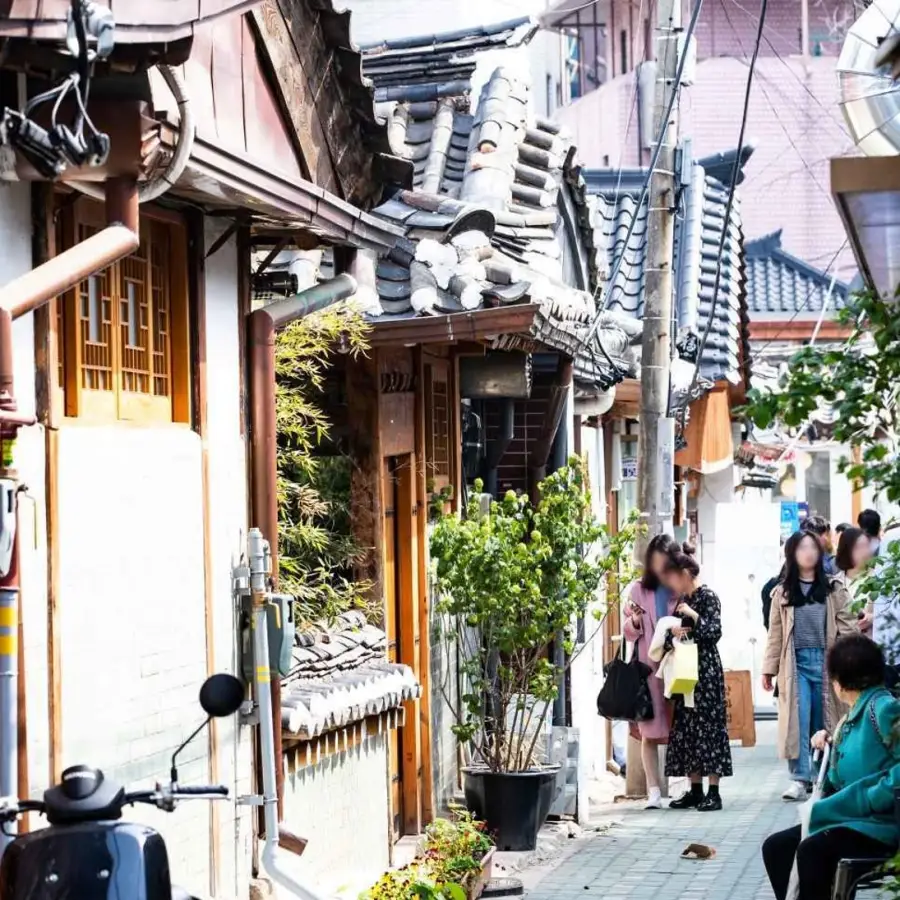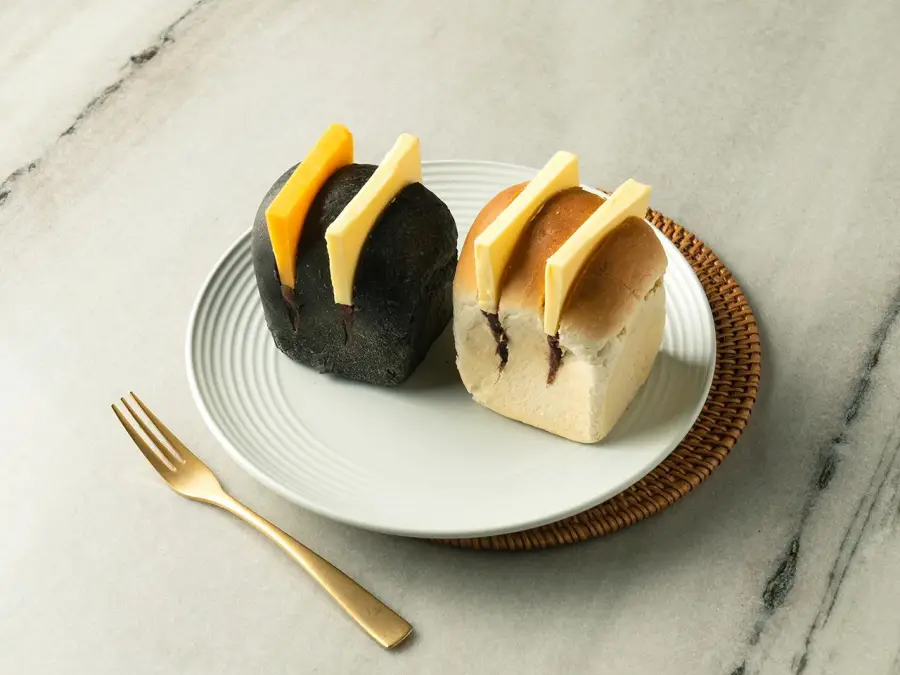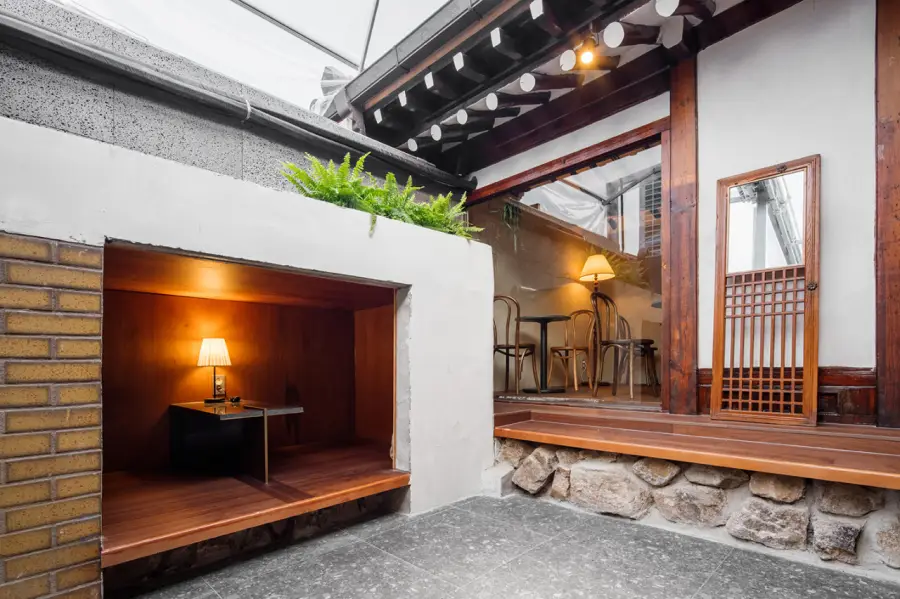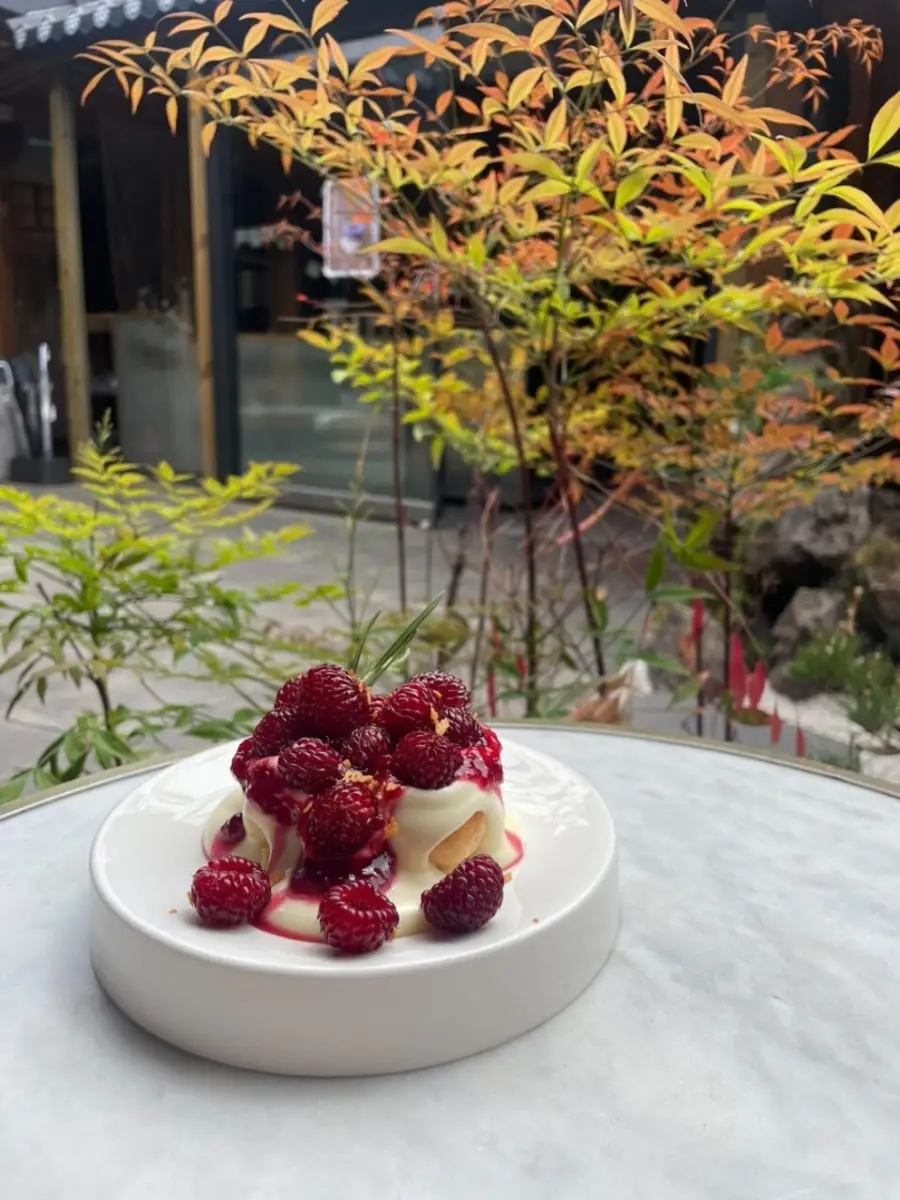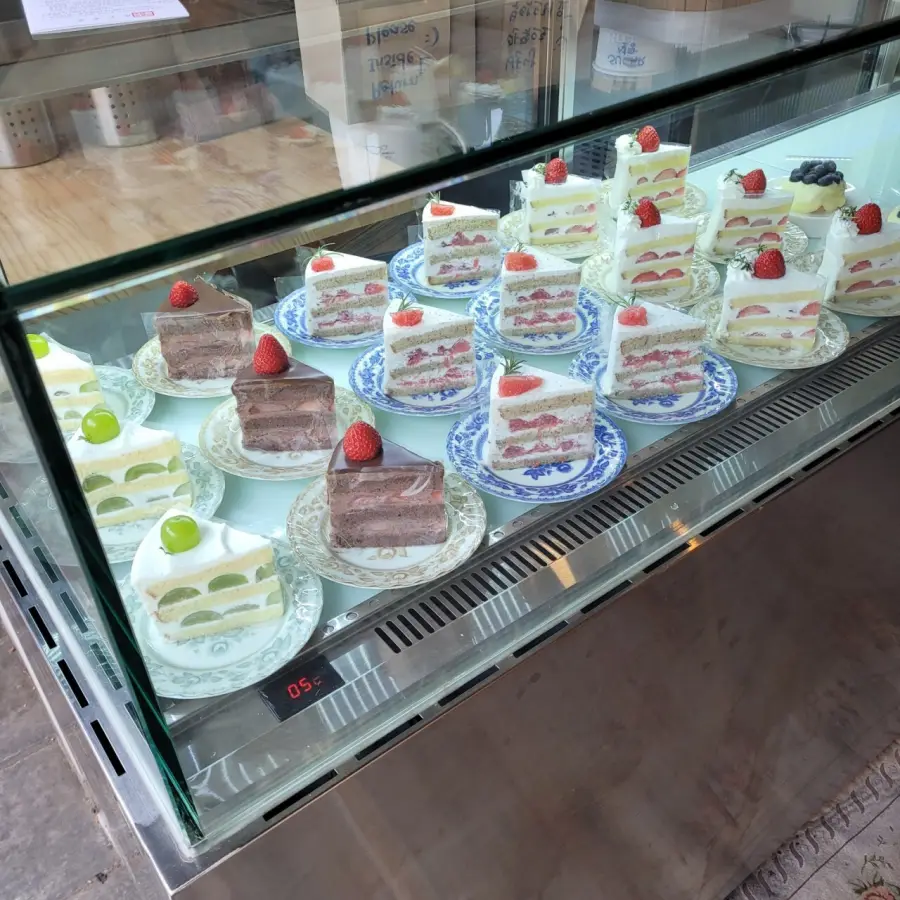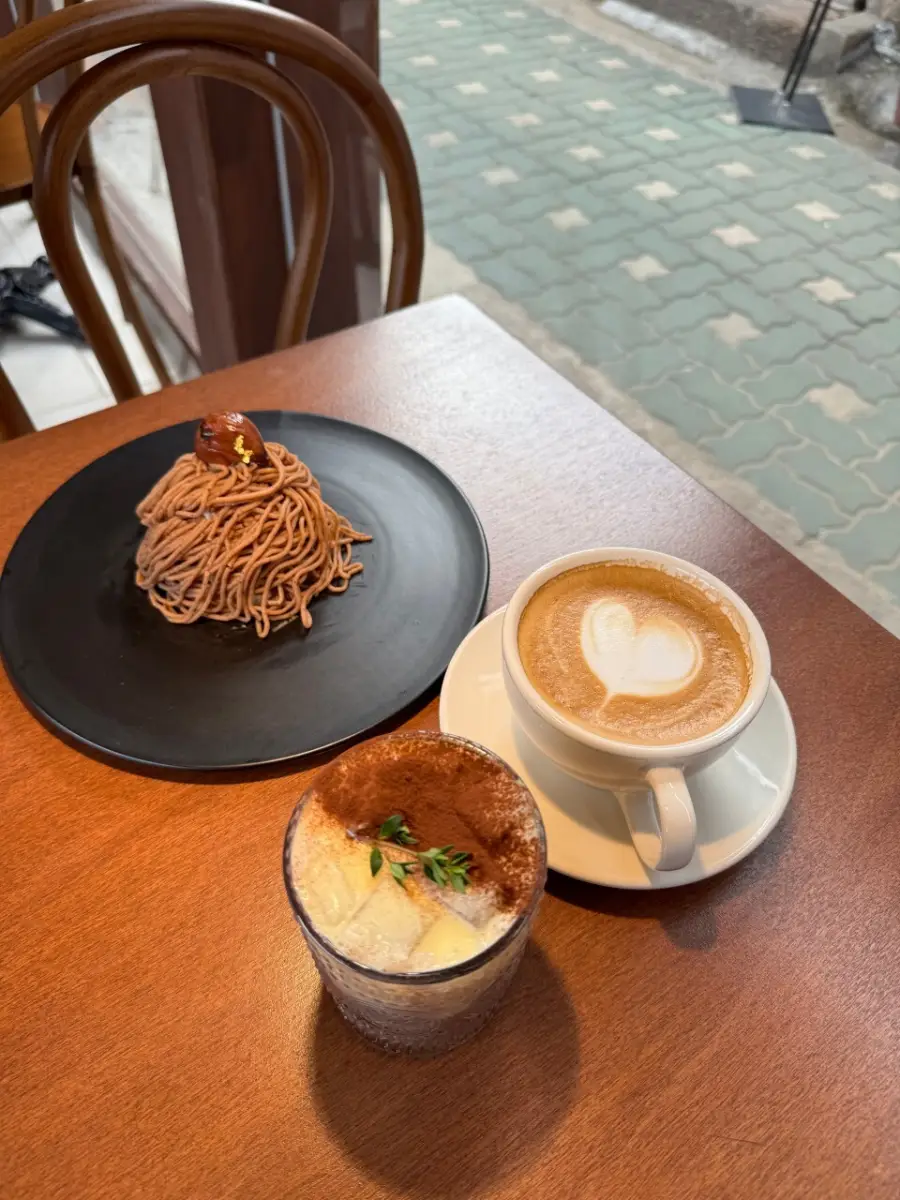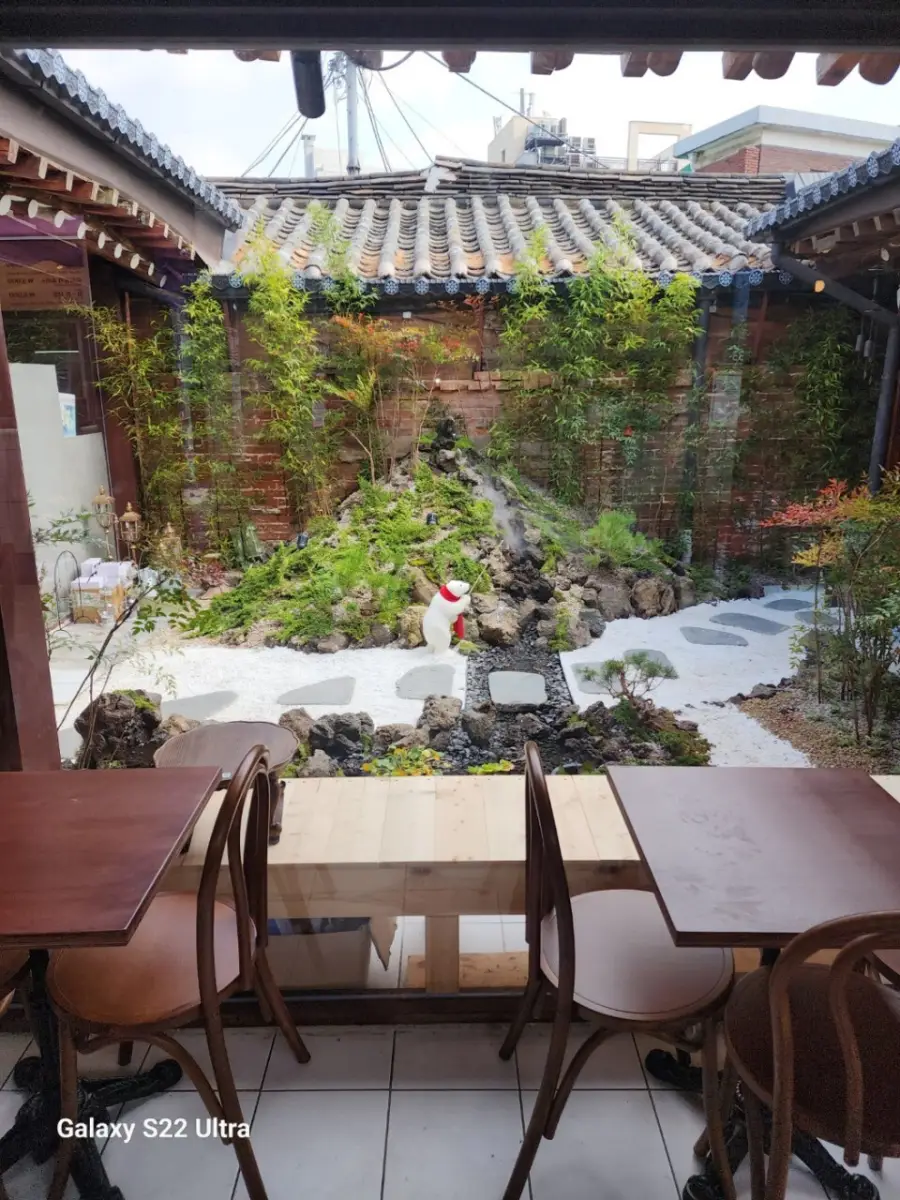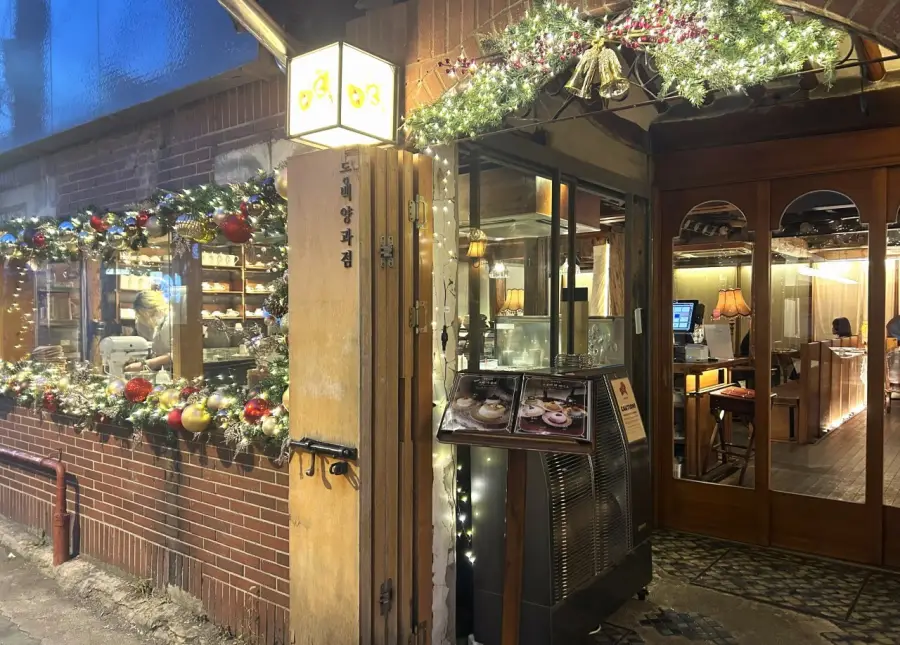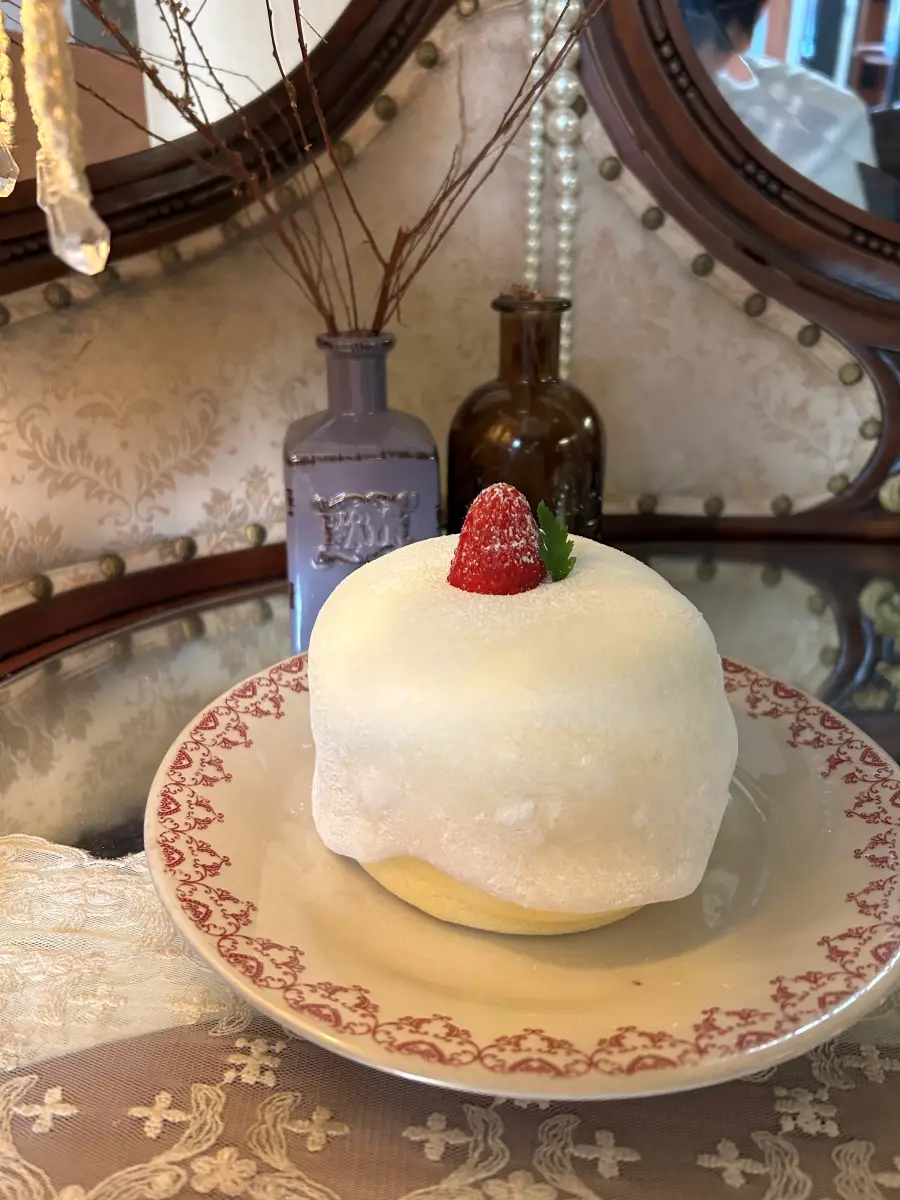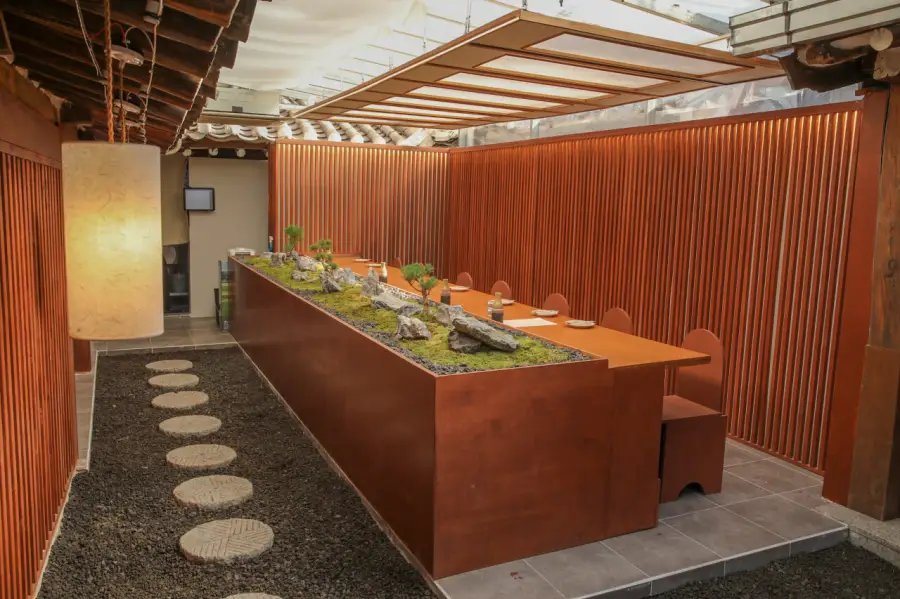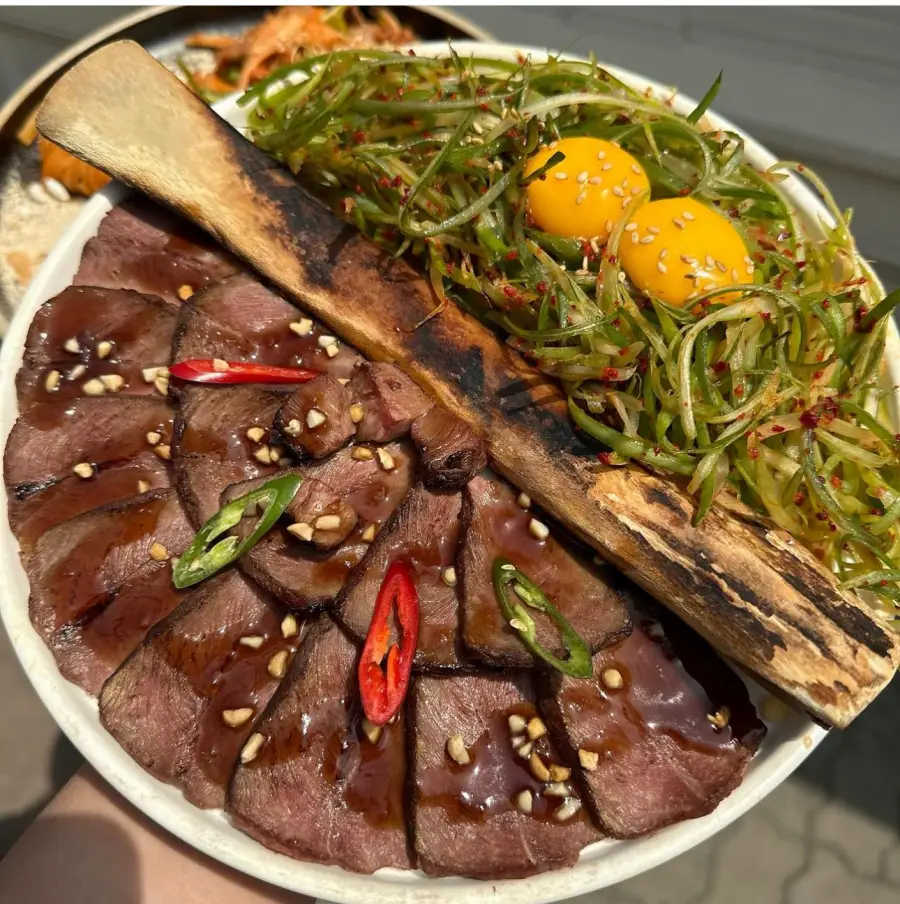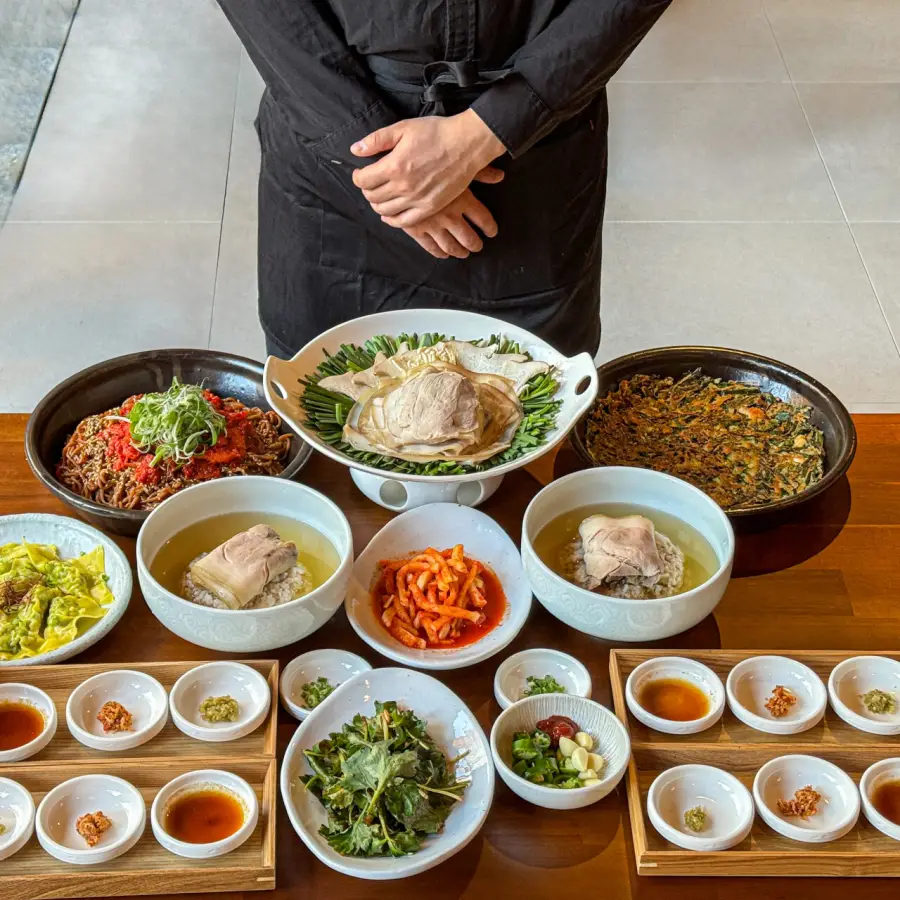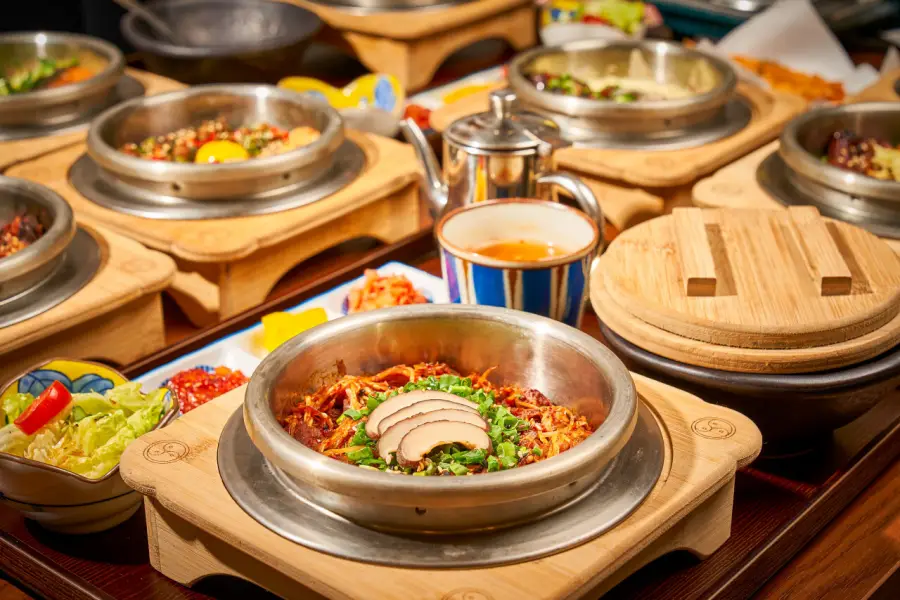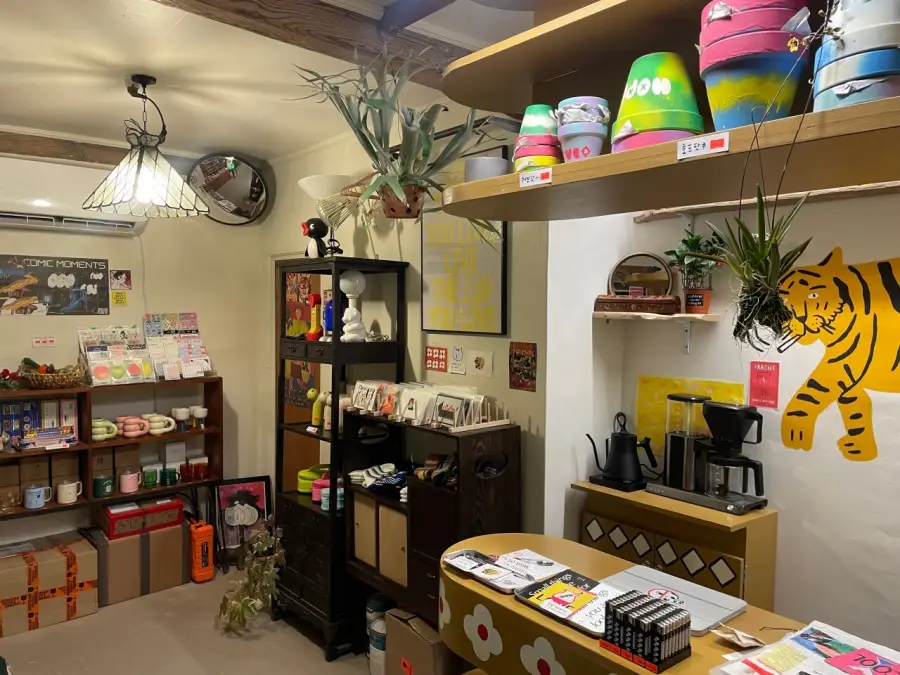ikseondong hanok village
A 100-year-old traditional hanok village reborn with hip sensibility as Seoul’s hidden gem
As you walk through the alleys of Seoul, you sometimes encounter special places where time seems to stand still. Ikseon-dong Hanok Village, located in the heart of Jongno-gu, is just such a place.

It’s a charming space where tradition and modernity coexist in perfect harmony, preserving 100 years of history amidst the bustling city.

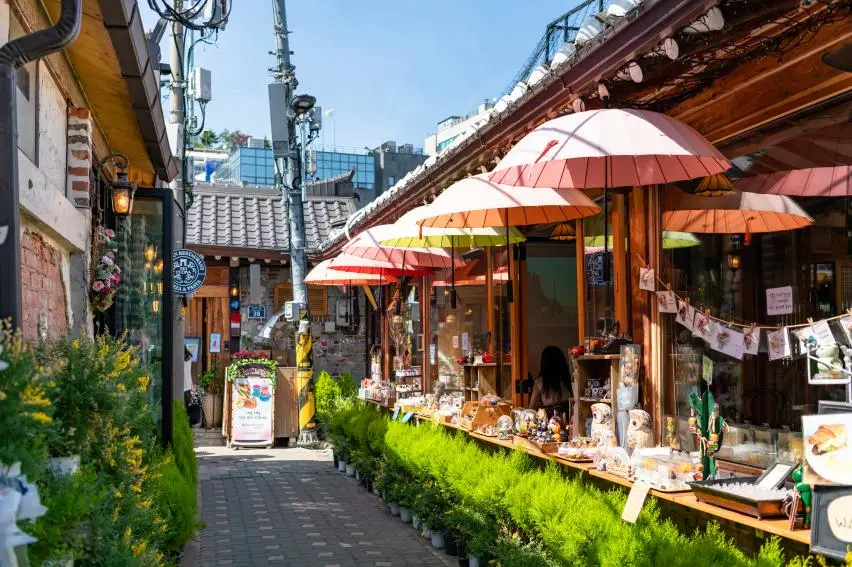

Among Seoul’s many neighborhoods filled with hanok houses, Ikseon-dong holds a unique story. While other hanok villages have transformed into tourist destinations, this area has naturally evolved over time, creating its own distinct identity. The hanoks nestled in narrow alleys retain their humble beauty, reflecting the daily lives of ordinary people from 100 years ago, while adding modern touches to write new stories.

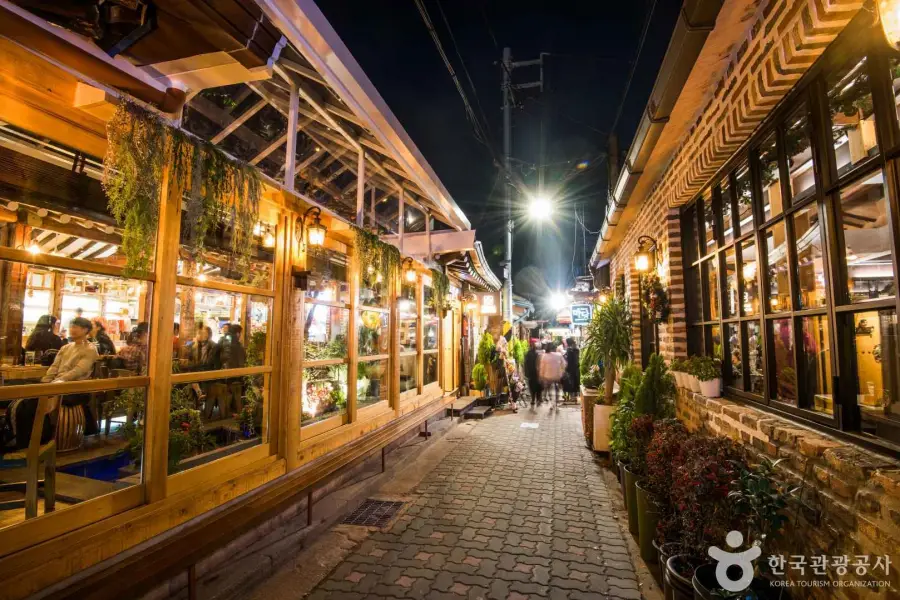

Although Ikseon-dong has emerged as one of Seoul’s hotspots in recent years, its true charm goes beyond mere trends. Here, where old and new blend seamlessly, tradition and modernity coexist naturally, and the value of the old is preserved while embracing new changes, we discover another side of Seoul. Let us share with you the special story of Ikseon-dong Hanok Village.
1. Overview
Introduction to
ikseondong hanok village
- What It’s Like
- At a Glance
What is ikseondong hanok village Like?
“A charming alley where Seoul’s oldest hanok residential area has been reborn with young sensibility”


Ikseon-dong Hanok Village is a 100-year-old hanok village located in Ikseon-dong, Jongno-gu, Seoul. Built in the 1920s, it is Seoul’s oldest concentrated hanok residential area, possessing a unique charm distinct from Bukchon or Seochon.


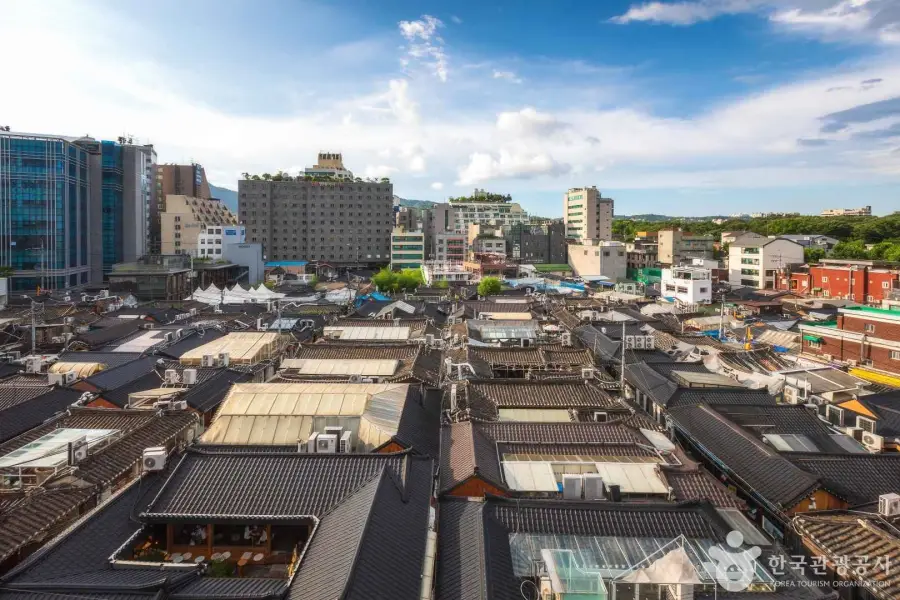
The hanoks here were built for ordinary citizens during the Japanese colonial period, which is their distinctive feature. Unlike the grand hanoks of Bukchon, these were built on a smaller, more modest scale. Developed as a modern hanok residential area by architect Jung Se-kwon in the 1920s, Ikseon-dong is recognized as an exemplary case of ‘urban hanok’ that practically reinterpreted traditional Korean hanok.


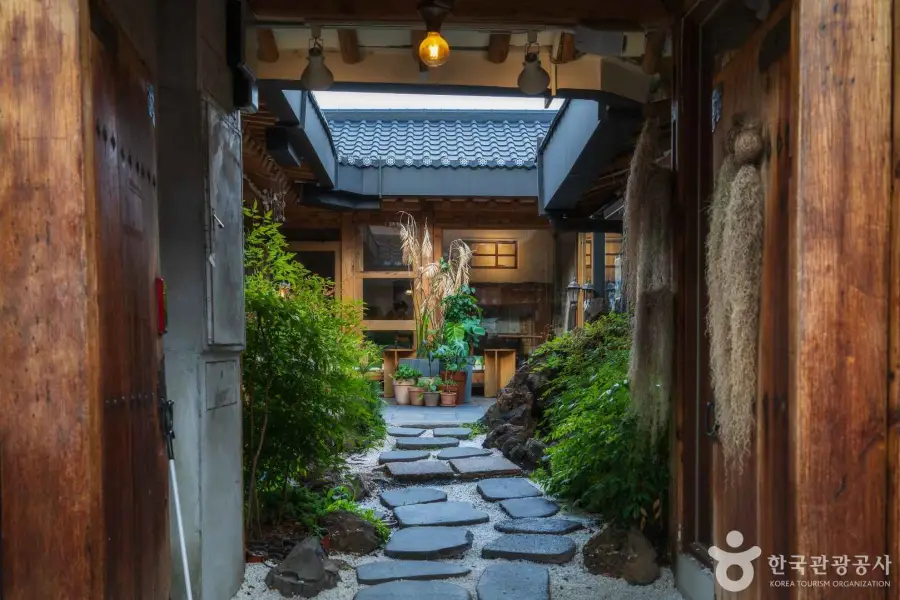
In 2018, it was reborn into its current form through Seoul City’s urban regeneration project. While preserving the original appearance of the old hanoks, their interiors have been modernized to house youthful cafes, restaurants, workshops, and galleries. The shops lined along the narrow alleys maintain their individual character while preserving the traditional hanok atmosphere.


Unlike other hanok villages in Seoul that are criticized for losing their original character due to commercialization, Ikseon-dong holds special significance as it maintains its identity as a real residential space. Original residents and newly arrived young merchants harmoniously coexist here, creating a unique culture together.
ikseondong hanok village at a Glance

2. Information
Visit Information : ikseondong hanok village
- Operating Hours
- How to Get There
ikseondong hanok village Operating Hours
| Week Day | Operating Hours |
|---|---|
| Cafes and Dessert Shops | 11:00 AM – 10:00 PM |
| Restaurants | 11:30 AM – 9:30 PM |
| Craft Workshops Experience Centers | 10:00 AM – 7:00 PM |
| Gift Shops Clothing Stores | 12:00 PM – 9:00 PM |
※ Note: Operating hours may vary by store, and schedules may change during holidays and special occasions. Please check the specific opening hours before your visit.
3. Highlight
Things to Do in
ikseondong hanok village
- Exploring Hanok Alleys
- Unique Cafes
- Korean Restaurants
- Gift Shops
- Taking Photos in Hanbok
Exploring Hanok Alleys & Enjoying Night Views
The greatest charm of Ikseon-dong lies in its alleys lined with traditional hanok houses preserved since the 1920s. Walking through these narrow, winding alleyways feels like traveling back in time.



Each alley features hanok houses bearing traces of history, and most buildings maintain their original appearance without major modifications, creating a unique atmosphere.

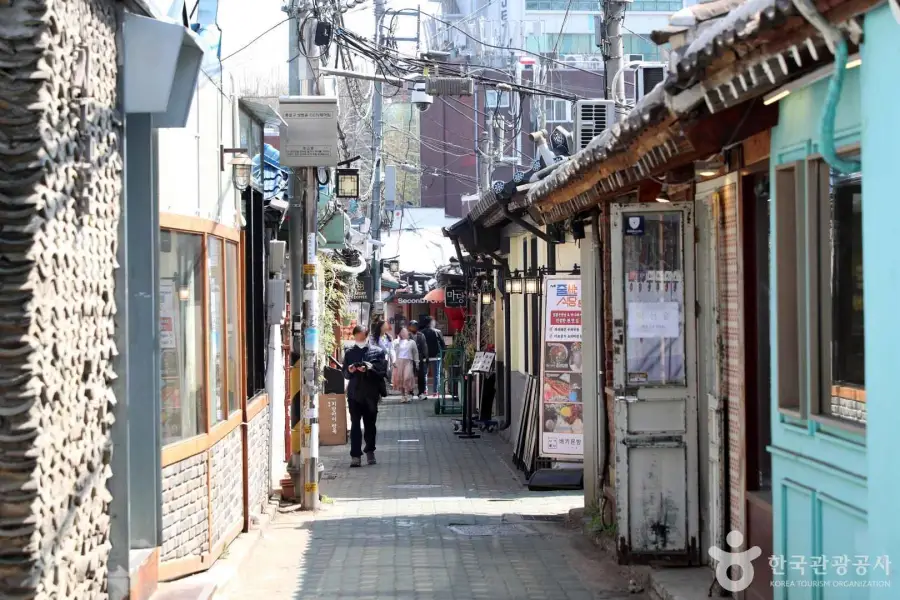

The afternoon light adds particular beauty to these alleyways, highlighting the architectural details of the hanok houses. The shadows cast by the curved eaves of hanok roofs, the texture of old bricks and wooden pillars, and the sunlight filtering through traditional window frames create perfect photo opportunities. It’s rare to find such a nostalgic old neighborhood atmosphere in the heart of Seoul.
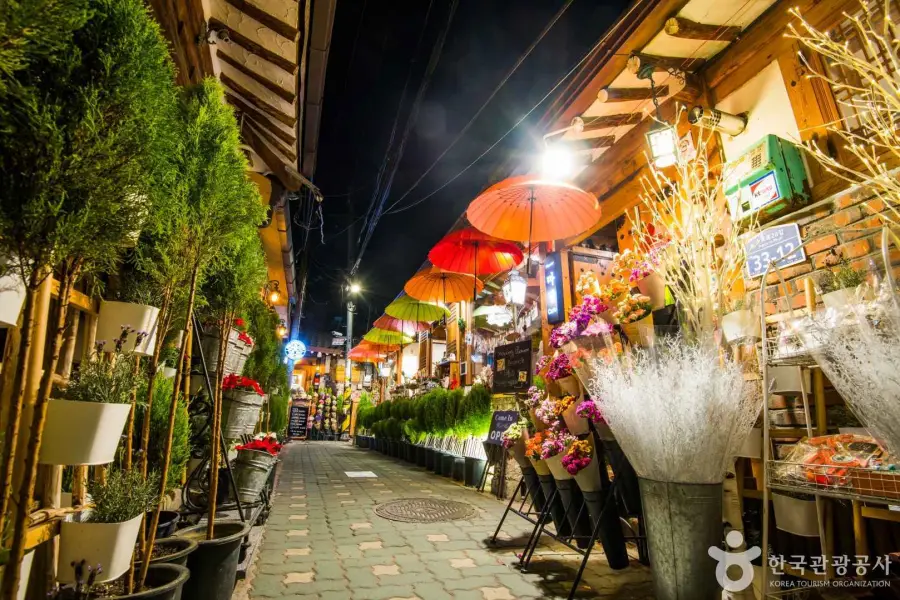


As night falls, Ikseon-dong reveals another side of its charm. When traditional lanterns hanging under the eaves begin to light up one by one, the streets transform into an enchanting scene. The warm light seeping through the traditional paper windows (changhomun) of hanok houses along the narrow alleys creates a picturesque landscape that resembles a beautiful painting.




With the addition of exterior lighting from cafes and restaurants, Ikseon-dong’s alleys transform into a romantic nighttime destination. The soft lights shining between red brick buildings, the warm glow emanating from hanok cafe windows, and the atmospheric illuminated signs in every alley create a unique nighttime landscape. It’s the perfect place to spend a special evening strolling through quiet alleys.
Unique Cafes and Traditional Tea Experience
Ikseon-dong is renowned as one of Seoul’s premier cafe districts. Many cafes are housed in renovated hanok buildings, featuring modern interiors while preserving their traditional exterior charm.

The soft natural light filtering through traditional window frames, the feel of wooden floors, and the shadows cast by exposed ceiling rafters offer a special experience you won’t find in typical urban cafes.


Most cafes make the most of the hanok’s original structure. Former living quarters (anchae) and guest quarters (sarangchae) have been transformed into cozy indoor seating, while courtyards and wooden porches serve as terrace seating where you can experience the changing seasons. Cafes with courtyards offer a particularly special urban retreat where you can enjoy your drinks while gazing at the sky.



Many establishments offer modern interpretations of traditional teas, allowing you to enjoy Korean classics like jujube tea, citron tea, and omija tea in a contemporary setting. The tea menu changes with the seasons, adding to the experience: plum blossom tea in spring, omija tea in summer, chrysanthemum tea in fall, and ginger tea in winter, all made with seasonal ingredients.
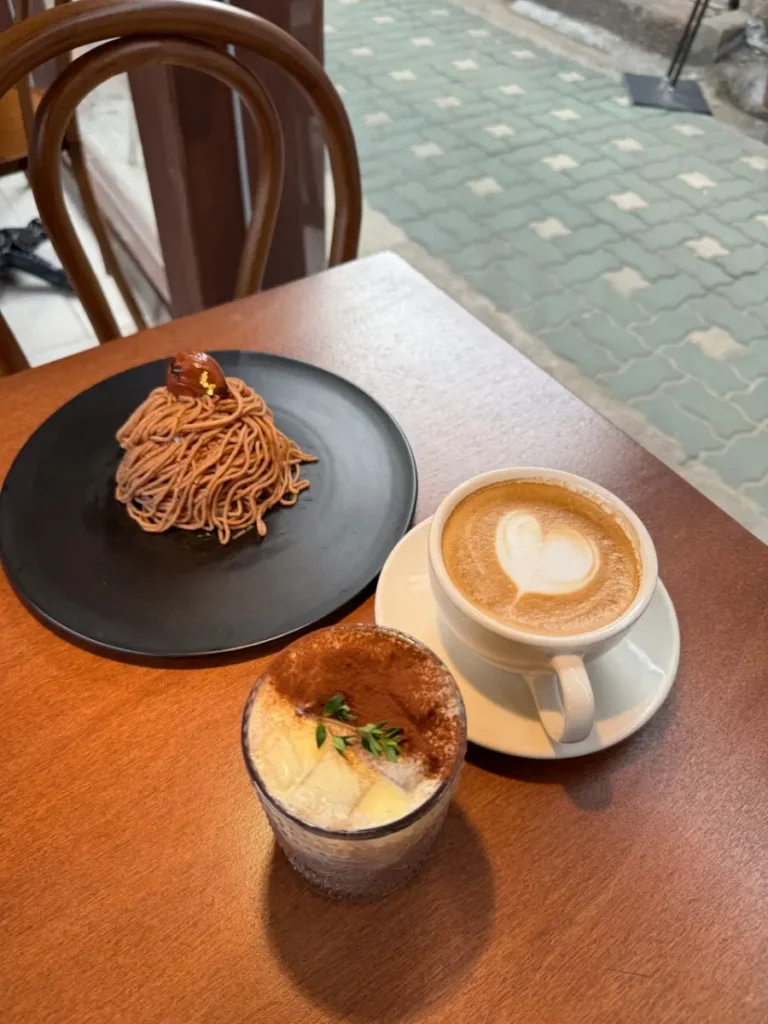
Each cafe also offers unique signature menus. From fusion beverages that add modern twists to traditional drinks, to sweet snacks that reinterpret Korean desserts, you can experience Ikseon-dong’s special cafe culture. Enjoying a cup of coffee in a hanok setting provides a special respite from the city’s bustle.
Here’s a list of recommended cafes to visit in Ikseon-dong.
Cheongsudang Bakery
Cheongsu-dang Bakery is a hanok-style bakery cafe located in Ikseon-dong, Seoul. In a serene atmosphere filled with bamboo and the sound of flowing water, you can enjoy thoughtfully prepared desserts like soufflé castella and yakgwa (traditional Korean honey cookies).
Seoul Coffee Ikseon Main
Seoul Coffee Ikseon is a hanok-style café blending traditional Korean charm with modern vibes. Its signature menu items, like red bean butter bread and lattes, are especially popular.
Hanok Langsom Ikseon
Hanok Langsom is a hanok-style café located in Seoul’s Ikseon-dong, offering a unique blend of traditional and modern ambiance. It is renowned for its handmade cakes using fresh fruits and a variety of beverages, with the Peach Earl Grey Milk Tea being a highly recommended choice.
Mont Blanc Som Ikseon
Montblanc Som is a hanok café located in Seoul’s Ikseon-dong, blending traditional Korean architecture with modern interior design. Its signature offerings include the “Boni Bam Montblanc,” made with Korean Gongju chestnuts, and black sesame latte, among various desserts and beverages.
DongBaek Bakery soufflé pancakes
Dongbaek Yanggwajeom Ikseon Branch is a hanok café located in Seoul’s Ikseon-dong, blending traditional ambiance with modern sensibilities. Renowned as the original soufflé pancake spot, its signature dishes include the strawberry soufflé and honeycomb soboro soufflé.
Finding Authentic Korean Restaurants
In Ikseon-dong, you can do more than just admire hanok architecture – you can also enjoy delicious food. Dining at Korean restaurants housed in hanok buildings offers an unforgettable experience of traditional ambiance.
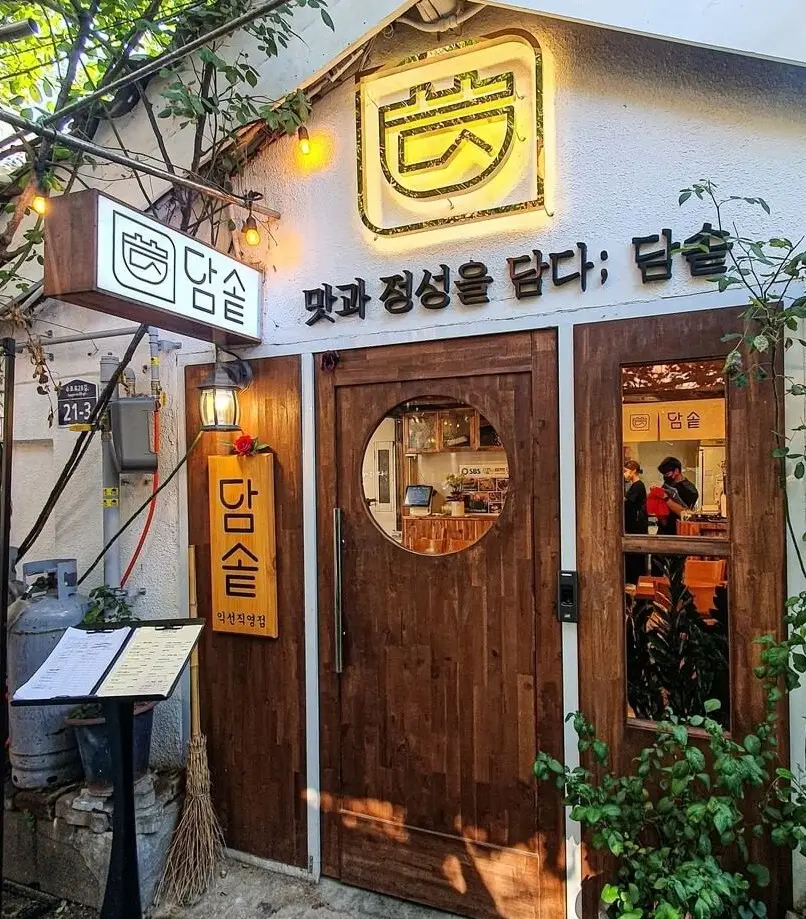
You’ll find plenty of places serving traditional Korean dishes like bulgogi, bibimbap, and pajeon, with menus that are popular among international visitors.


The dining options are diverse, ranging from fusion Korean restaurants that give traditional cuisine a modern twist, to Italian restaurants preserving hanok charm, and even pubs serving traditional Korean alcohol.

Each restaurant creates a unique atmosphere while maintaining hanok characteristics. Former kitchen spaces have been converted into open kitchens, and courtyards transformed into terrace seating, offering special dining experiences.



Most restaurants operate with limited seating, creating an intimate dining atmosphere. Evening dining is particularly popular for dates, with atmospheric lighting creating a romantic mood. Due to the limited seating capacity typical of hanok restaurants, reservations are essential, especially for weekends and evening hours when wait times can be lengthy.
Here’s a list of recommended restaurants to visit in Ikseon-dong.
Ikseonaetteot
Ikseon Aetteut is a fusion Korean restaurant located in Seoul’s Ikseon-dong, featuring a unique interior that blends traditional hanok ambiance with modern elements. Signature dishes include pork soybean paste ssambap and chadolbagi (beef brisket) buchu (chive) kalguksu (knife-cut noodles), complemented by a selection of makgeolli (rice wine) and ade (fruit drinks).
Ikseon Dimibang
Ikseon Dimibang is a hanok restaurant located in Seoul’s Ikseon-dong, operated by a chef with 10 years of experience at the Shilla Hotel, offering Western cuisine with a Korean touch. Signature dishes include Cheongyang chili seafood bouillabaisse pasta and seasoned shrimp and mushroom cream risotto, all enjoyed in a cozy atmosphere.
Songam Onban
Songam Onban is a hanok-style Korean restaurant located in Seoul’s Ikseon-dong, offering a serene ambiance that blends traditional and modern elements. Its signature dishes include ‘Onban,’ a pork soup with rice, and boiled pork slices made from Jeju Berkshire black pork, all complemented by a selection of traditional Korean liquors.
Ikseon Banju
Ikseon Banjoo is a fusion Korean pub located in Seoul’s Ikseon-dong, featuring a unique interior that blends traditional hanok ambiance with modern elements. Signature dishes include bulgogi potato pancake and perilla leaf cream gnocchi, complemented by a selection of traditional Korean liquors.
Damsot Ikseon
Damsot Ikseon Branch is a hanok-style restaurant located in Seoul’s Ikseon-dong, specializing in hot stone pot rice dishes with a unique blend of traditional and modern interior design. Signature dishes include eggplant hot pot rice and steak hot pot rice, offering freshly cooked rice upon order for a delightful dining experience.
Shopping for Souvenirs at Gift Shops
Ikseon-dong is home to various gift shops and accessory stores, making it perfect for souvenir shopping. You can find items that capture Korea’s traditional beauty, such as pottery, handmade items using hanji (traditional Korean paper), and accessories featuring traditional patterns. Shops run by young designers are filled with products that beautifully blend traditional and modern elements, perfect for finding unique souvenirs.
Each gift shop showcases its own distinctive products. You’ll discover stationery items featuring modern interpretations of traditional Korean patterns, lifestyle items made from hanbok fabric, traditional tea sets, handmade pottery, and more. These items make great souvenirs or lovely decorative pieces for your home.
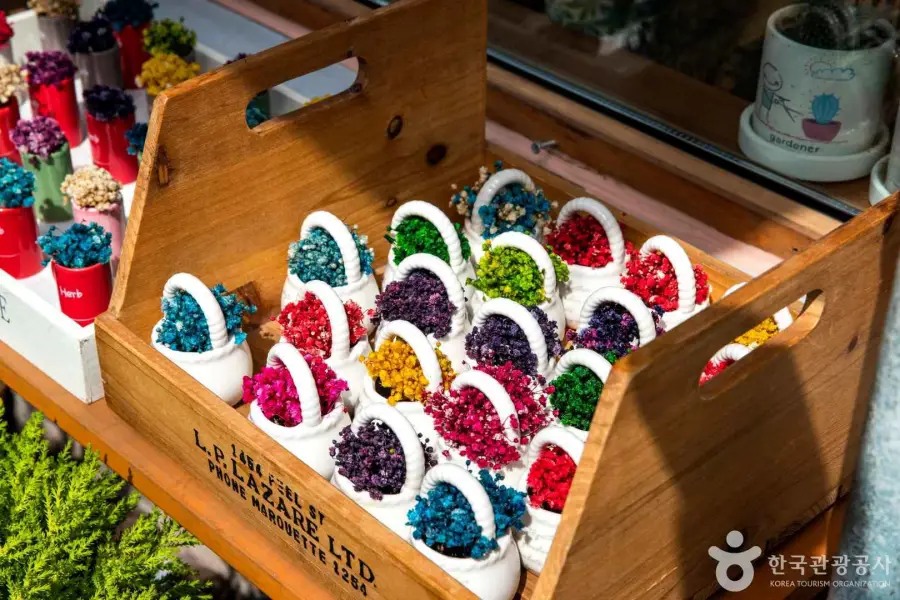
On weekends, you might catch craft flea markets offering an even wider variety of products. These markets provide opportunities to find local artisans’ handcrafted items and limited edition products, so timing your visit right could lead to some special finds.
Here’s a list of recommended shops to visit in Ikseon-dong.
Otwigeu
OTYG is a vintage accessory shop located on Seosulla-gil in Seoul’s Ikseon-dong, offering a variety of uniquely designed accessories and household items. Set in a cozy hanok-inspired space, it attracts visitors seeking distinctive fashion pieces and trinkets.
Taking Photos in Hanbok – Photo Signature Ikseon-dong Branch
If you want to create special memories in Ikseon-dong, ‘Photo Signature Ikseon-dong Branch’ is the perfect spot. Located near Jongno 3-ga Station, you’ll naturally discover it while exploring the Ikseon-dong alleys.
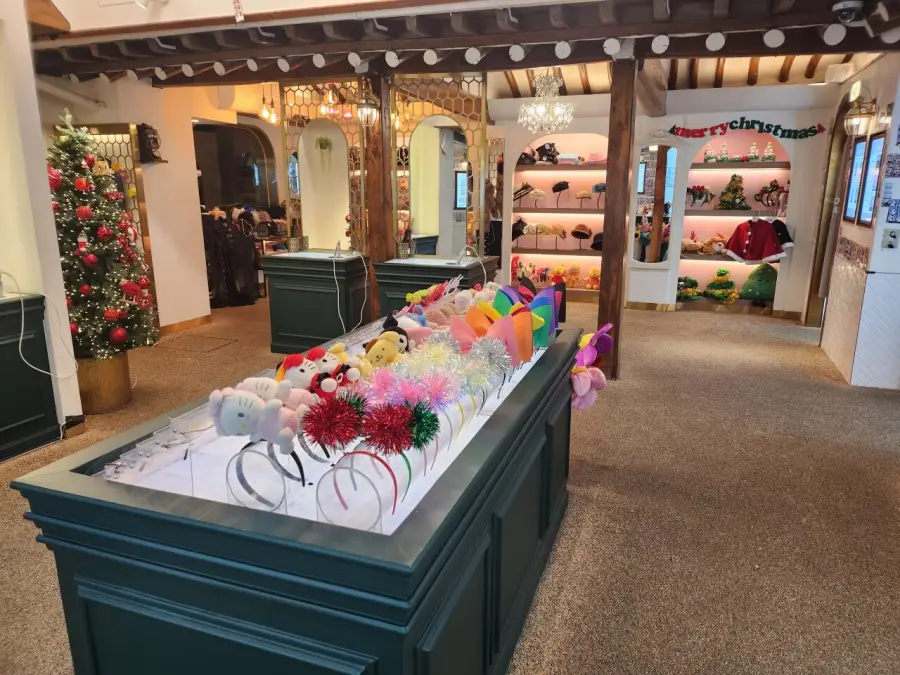
The interior is cool and comfortable, making it pleasant to visit even during hot summer days. There’s even a space to fix your hair, so you can take nice photos even if you drop by after walking in the heat.
The biggest attraction here is the variety of props. From traditional costume accessories fitting for kings, scholars, and magistrates to modern props, you can create photos with various concepts.
Regular photo sessions cost just 4,000 won, making it an affordable way to create special memories. Why not stop by while exploring Ikseon-dong to take some unique photos?
Insider Tips for
ikseondong hanok village Like a Local
Understanding Hanok Modular Architecture

The hanoks in Ikseon-dong are unique urban-style traditional houses built in the 1920s. This architectural style, also called “modular hanok,” was efficiently designed for ordinary citizens of the time.

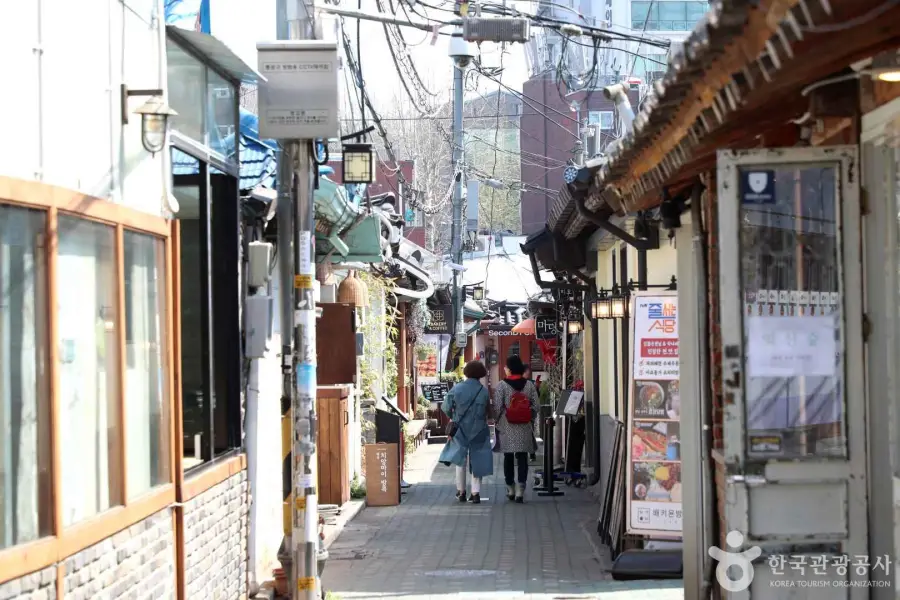

You can spot clear differences when comparing them to traditional hanoks in Bukchon. Distinctive features include small courtyards between the main gate and living quarters, irregular alleyways, and densely arranged hanoks of varying sizes.

Unlike Bukchon, which has many “ㄱ” (L-shaped) or “ㄷ” (U-shaped) structured hanoks, Ikseon-dong primarily features smaller “ㅡ” (straight line) shaped hanoks. Understanding these architectural characteristics helps you appreciate Ikseon-dong not just as a pretty hanok street, but as a living museum of Korea’s modern architecture.
Is ikseondong hanok village
Worth Visiting?
Where Time Stands Still, Yet Modern Sensibilities Thrive
Ikseon-dong Hanok Village is more than just a tourist destination – it’s living history and the present-day Seoul combined. As you walk through the hanok alleys that have preserved 100 years of history, you’ll discover a unique space where Seoul’s past, present, and future harmoniously blend together.


Here, you can see urban hanoks that perfectly capture the lifestyle of ordinary citizens from the 1920s. The hanoks nestled along narrow alleys showcase the practical yet beautiful residential culture of the common people of that era. With the addition of young artists’ and merchants’ modern sensibilities, today’s Ikseon-dong has been reborn as a charming space where tradition and modernity naturally coexist.



From leisurely teatime at hanok cafes to handmade crafts at traditional workshops, to romantic evening ambiance under soft lighting – every moment in Ikseon-dong becomes a special memory. Particularly, enjoying a cup of tea while listening to raindrops falling from hanok eaves offers a peaceful break from busy city life.



This former old hanok residential area in Seoul is now writing new history as a cultural space where tradition and modernity harmoniously blend. Why not create your own precious memories in this special place where time seems to stand still amidst the bustling city?
Frequently Asked Questions
4. Review
What Travelers Are Saying
5. Near by
Top Spots to Explore
Near ikseondong hanok village
- Bukchon Hanok Village
- Insadong
- Changdeokgung Palace
Bukchon Hanok Village – Seoul’s Premier Traditional Hanok Village
Located just a 15-minute walk from Ikseon-dong Hanok Village, Bukchon Hanok Village is a must-visit attraction. Once home to Joseon Dynasty nobles, it offers a different style of hanok architecture from Ikseon-dong.
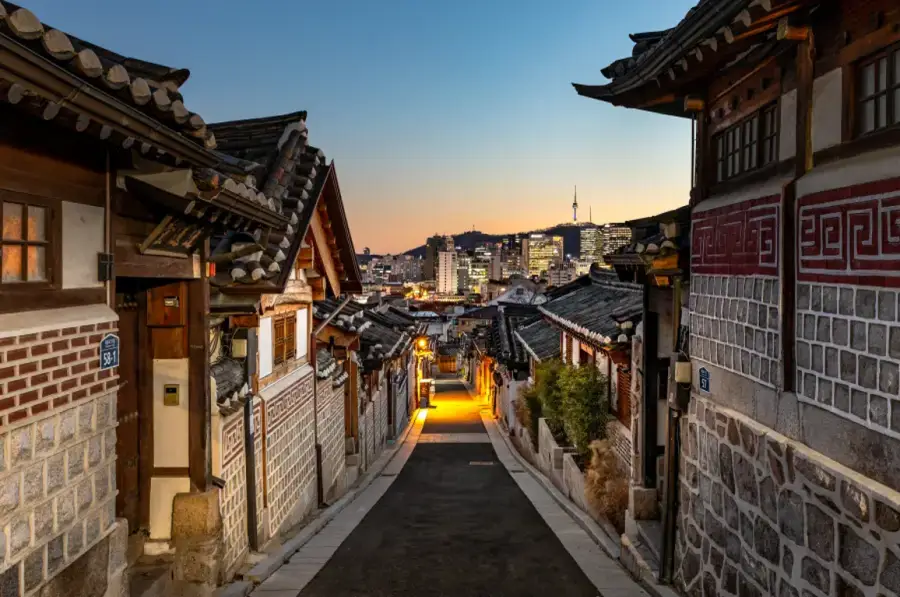
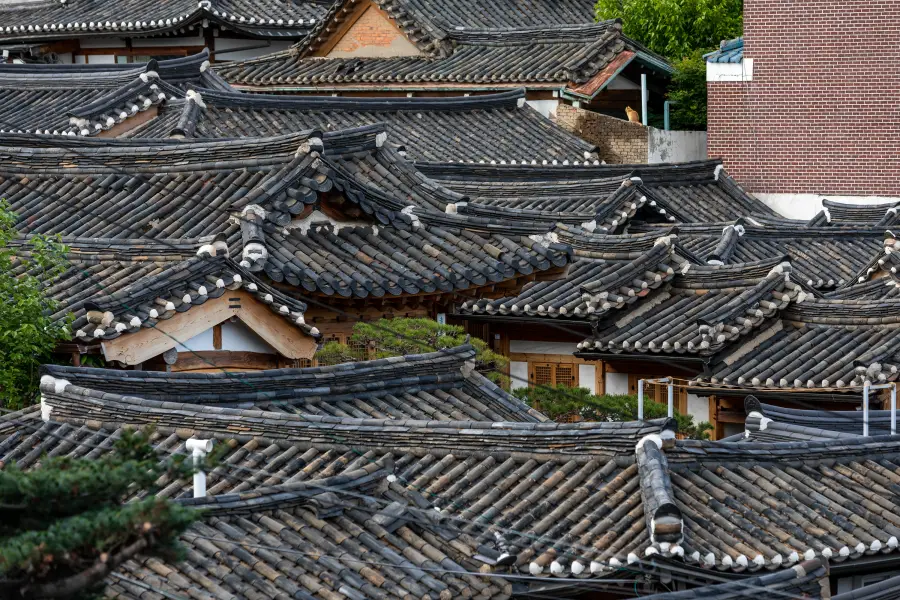
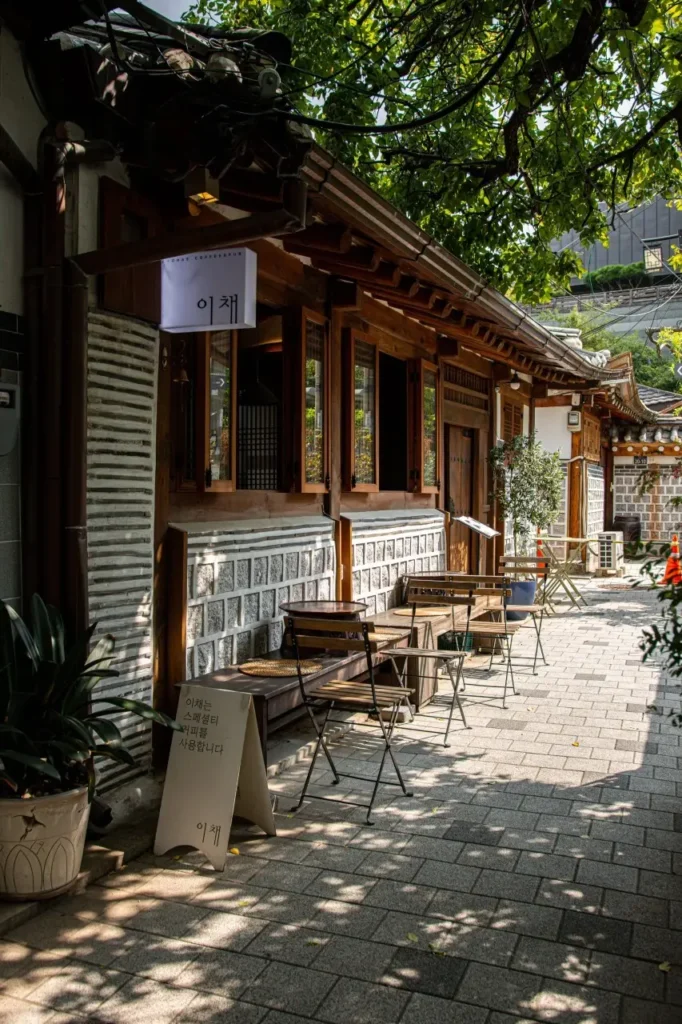
You can admire the elegant hanok architecture of upper-class homes here. Along its alleys, you’ll find 31 guesthouses, traditional craft workshops, museums, and various opportunities to experience traditional culture.



On your way from Bukchon to Ikseon-dong, you can visit the Royal Portrait Museum, which houses portraits of Joseon Dynasty kings. To reach Bukchon Hanok Village from Ikseon-dong, walk toward Anguk Station. The 15-minute walk takes you past several cultural properties, including the Baekinje House.
Insadong – Center of Traditional Culture
Just a 10-minute walk from Ikseon-dong Hanok Village, Insadong is the heart of traditional Korean culture. Along Insadong Street, you’ll find traditional craft shops, art galleries, calligraphy supply stores, and folk art shops showcasing Korean traditional culture.

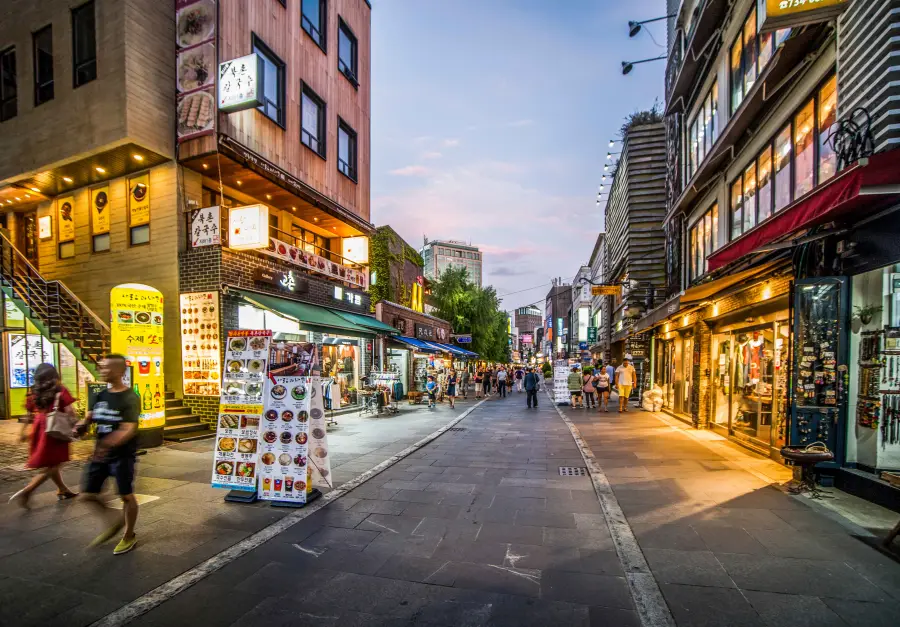
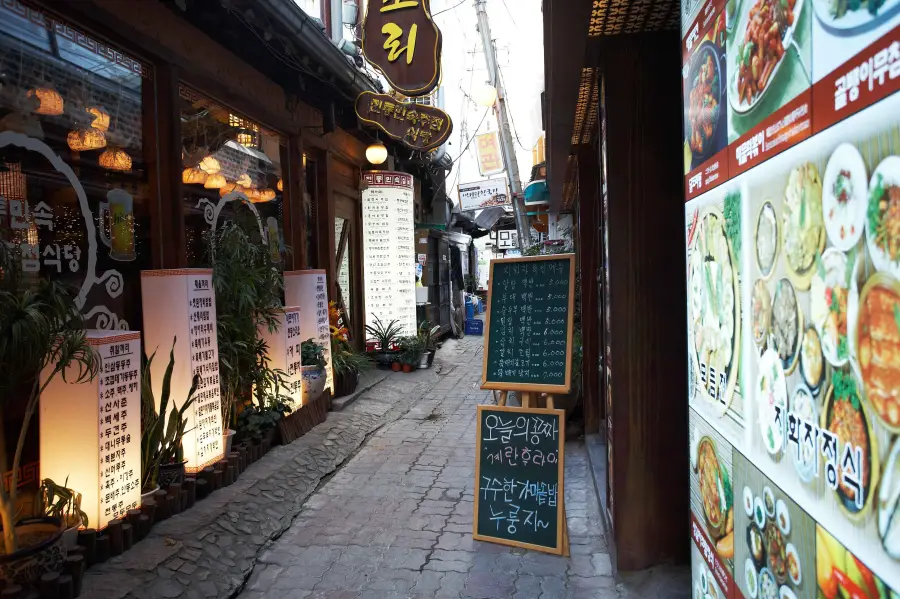
The street becomes pedestrian-only on weekends, allowing for leisurely strolls. Insadong is also famous for its traditional teahouses and Korean restaurants, particularly the bars known for traditional makgeolli (rice wine) and pajeon (green onion pancakes).

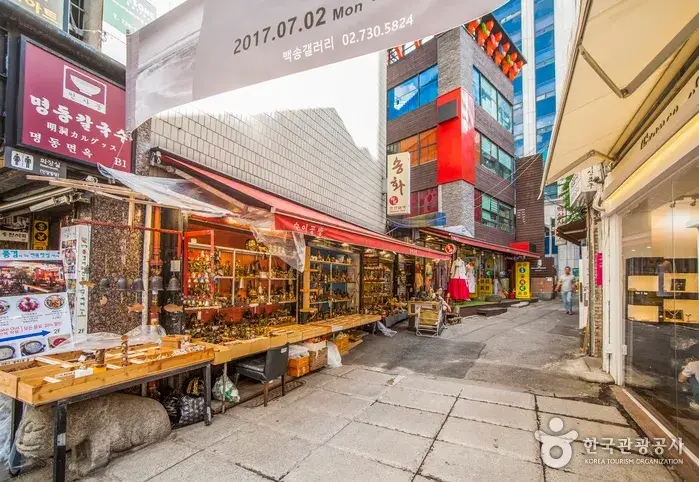
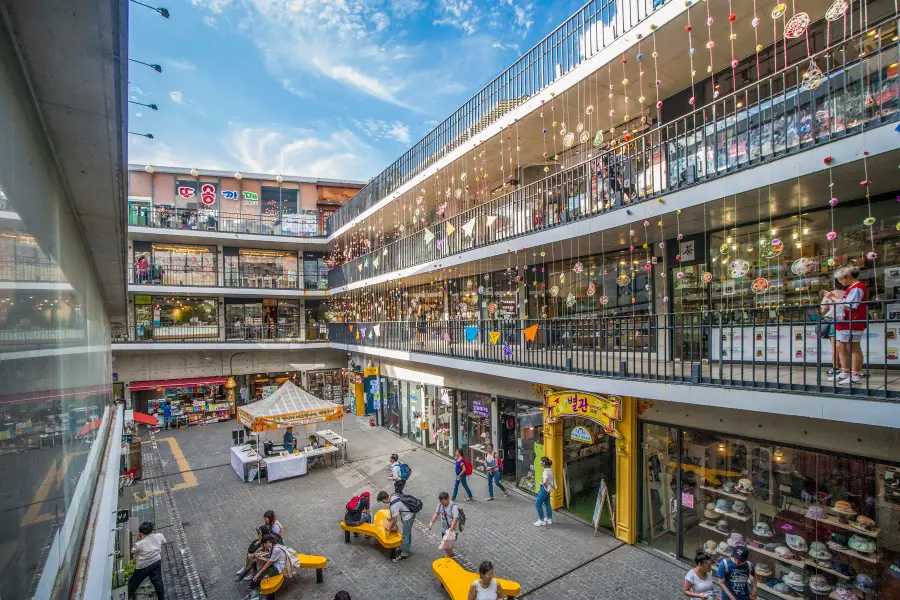
Getting to Insadong from Ikseon-dong is simple: walk 5 minutes toward Jongno 3-ga Station, then another 5 minutes toward Anguk Station to reach the entrance of Insadong.
Changdeokgung Palace – UNESCO World Heritage Site
A 12-minute walk from Ikseon-dong Hanok Village brings you to Changdeokgung Palace, a UNESCO World Heritage site preserving Joseon Dynasty history. This palace, where Joseon kings resided the longest, is particularly famous for its beautiful rear garden.
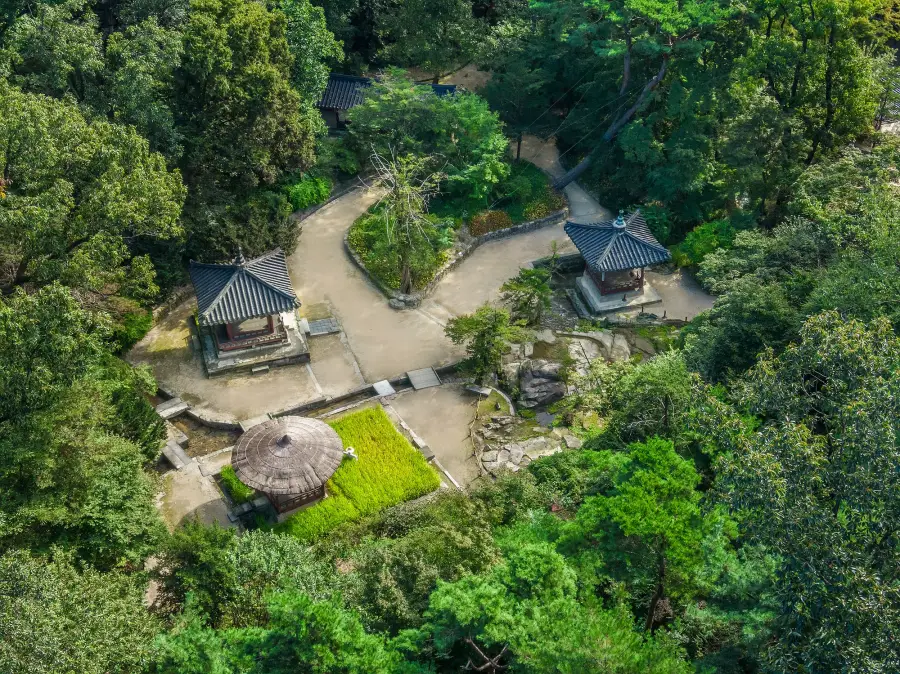
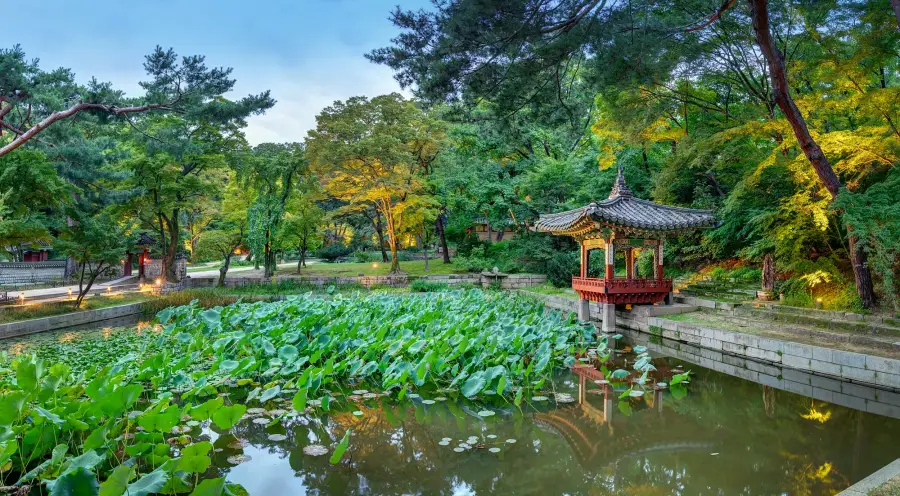

The rear garden, where nature and architecture exist in perfect harmony, offers different charms with each season. Spring brings cherry blossoms and plum flowers, summer offers lush greenery, autumn displays beautiful fall colors, and winter creates picturesque scenes with snow-covered palace buildings.
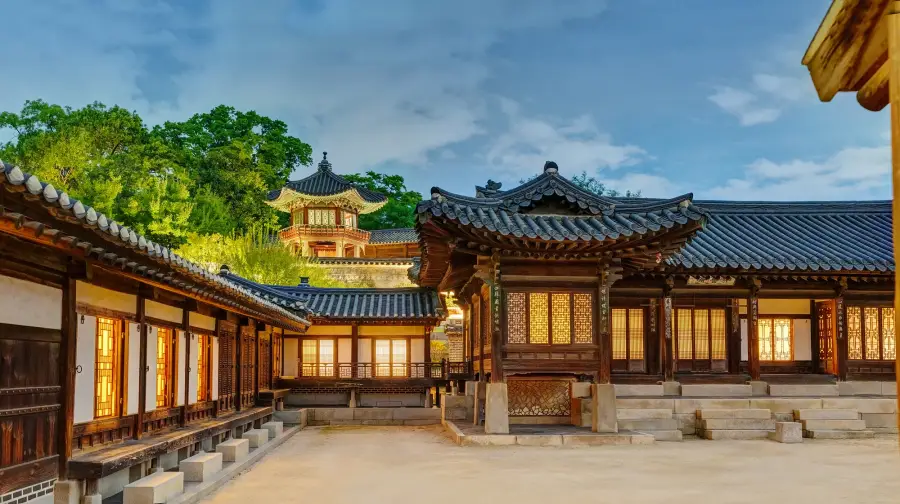


The rear garden is renowned for its landscaping that maximizes natural terrain. It features charming ponds, pavilions, and Gyujanggak, the royal library. The harmonious scenery of Buyongjeong Pavilion and Buyongji Pond exemplifies the essence of traditional Korean garden culture. Note that the rear garden can only be visited through guided tours, which require advance reservations to protect the cultural property.

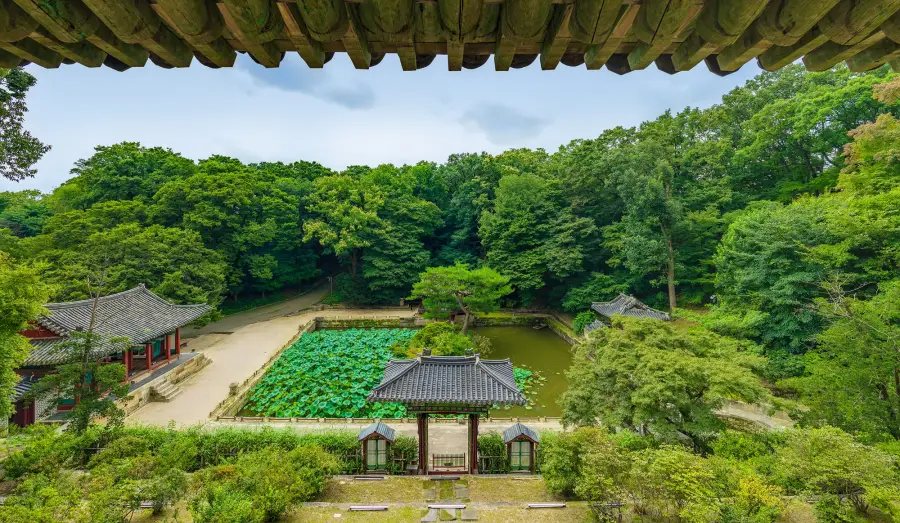

To reach Changdeokgung from Ikseon-dong, walk 7 minutes toward Jongno 3-ga Station, then another 5 minutes north. Plan to spend 2-3 hours at the palace, as it’s quite large with many points of interest.


